Yachting photography is a captivating art form that allows enthusiasts to capture the essence of luxury, adventure, and beauty on the open sea. Whether you’re an amateur seeking to enhance your skills or a seasoned photographer aiming to elevate your craft, this guide offers a wealth of expert tips and creative ideas to inspire your yachting photography journey. From mastering composition and lighting techniques to exploring unique poses and settings, discover how to transform your yacht photos into stunning works of art. With insights tailored to both beginners and pros, this article is your ultimate resource for unlocking the full potential of yachting photography.
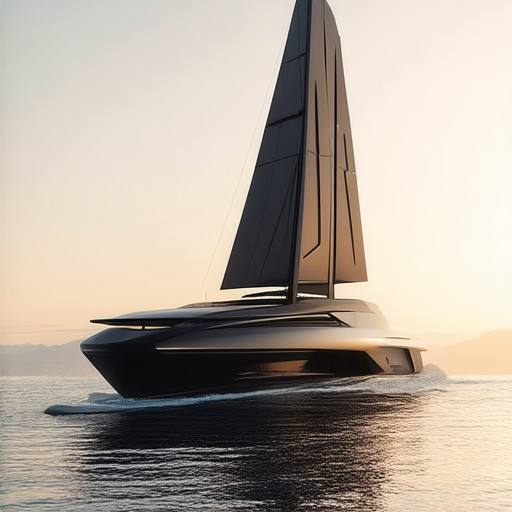
How to Take Pics on a Yacht?
To capture stunning photos on a yacht, consider these essential tips for getting the most out of your photography sessions:
- Master Composition and Lighting
- Find your best angle by exploring the boat’s layout and surrounding scenery.
- Utilize natural light during the golden hour for warm, rich tones.
- Avoid harsh shadows by positioning yourself strategically.
- Use the boat’s structure as a creative frame for your shots.
- Time Your Shots Wisely
- Plan your photo sessions around ideal lighting conditions.
- Be mindful of wind direction and sun movement to enhance your compositions.
- Capture moments as they happen, whether it’s the sunset or a serene calm during the night.
- Capture Movement
- Include dynamic elements like crew members hoisting sails or waves crashing against the hull.
- Experiment with fast shutter speeds to freeze action and create vibrant images.
- Document Key Moments and Details
- Don’t forget to photograph the journey itself, from the bow waves to the distant horizon.
- Capture interactions between crew members and document the boat’s intricate details, such as the helm or rigging.
- Mix candid shots with posed group portraits to tell a complete story.
- Post-Processing for Excellence
- Edit your photos to enhance colors and adjust lighting for maximum impact.
- Use tools like Adobe Lightroom or GIMP to refine your images and bring out details.
By following these guidelines, you’ll be able to create a portfolio of memorable yacht photographs that truly showcase the beauty of the open sea.
Best Camera Settings for Boat Photography
Boat photography requires careful consideration of lighting, motion, and composition to capture stunning shots. Here’s a breakdown of optimal camera settings and techniques:
- Shutter Speed: Use a high shutter speed (e.g., 1/1000 sec or faster) to freeze motion and capture sharp details of the boat and surrounding water. This is particularly important when photographing boats in motion.
- ISO: Keep ISO low (e.g., 100-400) to maintain image quality and reduce noise, especially in bright conditions common near boats.
- White Balance: Use auto white balance but manually adjust if the scene appears too cool or warm. Boats often reflect colors like green or blue, so ensure whites remain natural.
- Focal Length: Use a telephoto lens (70-200mm) for distant boats or a wide-angle lens (24-60mm) for capturing the full expanse of the scene.
- Aperture: Opt for a wider aperture (e.g., f/8) to blur the background and isolate the boat, creating a dramatic effect.
Composition Tips
- Leading Lines: Position the boat diagonally in the frame, with the bow leading the eye towards the horizon. This creates a dynamic composition.
- Horizon Orientation: Include the horizon to add depth and scale to the image, making the boat appear smaller and more impressive.
- Foreground Elements: Add interest with foreground elements like wakes, reflections, or birds to draw attention to the boat.
Additional Techniques
- Panning with the Subject: Track the boat’s movement while pressing the shutter button to capture motion blur in the background, emphasizing the boat’s dynamic nature.
- Focus Attention: Use manual focus to ensure the boat is sharply in focus, especially when shooting from a distance or in low-light conditions.
Experiment with these settings and techniques to find your personal style. Remember to review your shots on a large screen to check for details you might have missed in the field.
For more inspiration and resources, explore the Sailing Photo Awards website, where you’ll find galleries, tips, and community stories to fuel your creativity.
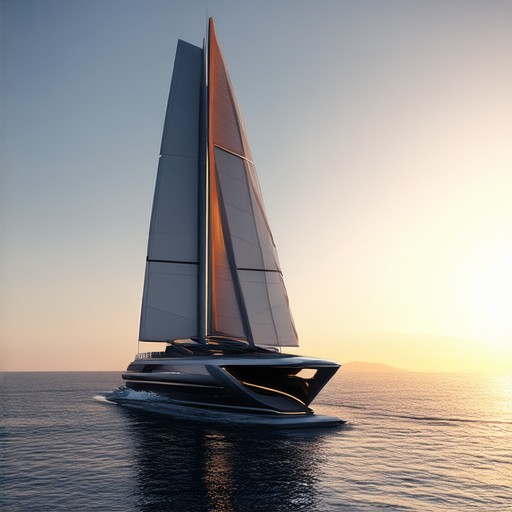
Is Yachting a Hobby?
Yes, yachting is indeed a popular hobby that combines leisure, adventure, and a deep connection with the sea. While it shares similarities with other water-based activities like sailing or powerboating, yachting typically involves larger vessels and a focus on luxury, comfort, and exploration.
Yachting appeals to a diverse group of individuals, from casual cruisers who enjoy weekend trips with family and friends to serious sailors who participate in competitive races. The hobby offers a unique blend of relaxation, socialization, and the opportunity to explore new destinations while enjoying the freedom of the open water.
- Mental Relaxation: Spending time on a yacht allows individuals to escape the stress of daily life and immerse themselves in nature, fostering a sense of peace and well-being.
- Social Interaction: Many yachts are designed to accommodate groups, making them ideal for gatherings with friends and family. Yacht clubs and regattas also provide opportunities for networking and camaraderie.
- Exploration and Discovery: Yachting enthusiasts often enjoy visiting untouched islands, hidden coves, and exotic ports, turning their hobbies into unforgettable adventures.
- Customization and Maintenance: For those who enjoy DIY projects, yachting can be a rewarding hobby that allows for personalization, from redecorating interiors to maintaining engines and sails.
Whether you’re a seasoned sailor or new to the world of yachting, there’s something uniquely satisfying about being on the water. The combination of freedom, adventure, and relaxation makes it a hobby that continues to grow in popularity worldwide.
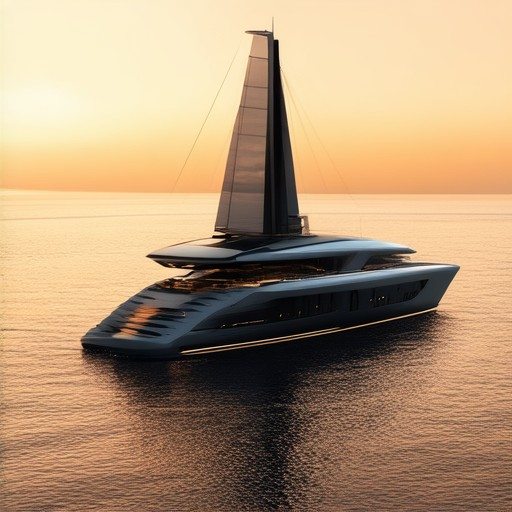
Improving Your Yacht Photography Skills
To enhance your yacht photography skills, consider the following structured approach:
- Master Composition : Focus on the rule of thirds and leading lines to frame your subjects effectively. Practice analyzing your photos to understand how elements are positioned within the frame.
- Utilize a Tripod : Invest in a sturdy tripod to keep your camera stable, especially on a moving yacht. Research different types to suit your needs, whether for land or sea use.
- Explore Lighting Conditions : Capture photos during golden hours for soft, warm light. Use a tripod to experiment with low-angle shots and varied lighting setups.
- Experiment with Angles : Try shooting from different heights and perspectives. Lie on the deck for lower angles or climb ladders for elevated views, ensuring safety at all times.
- Learn Post-Processing Techniques : Use software like Adobe Lightroom for basic editing. Look for tutorials or online courses to master techniques that enhance your photos.
- Organize Your Photos : Implement a digital asset management system to catalog and edit your photos efficiently, helping you track your progress and creativity.
- Seek Constructive Feedback : Join online communities or local photography groups to receive honest critiques and gain insights into areas for improvement.
- Practice Regularly : Schedule dedicated time each week for photography sessions, focusing on both capturing moments and refining your editing process.
- Study Professional Work : Visit sailing photo galleries or award platforms to study professional works. Draw inspiration from various styles and techniques.
- Understand Technical Settings : Educate yourself on ISO, white balance, and aperture settings. Adjust these to optimize your yacht photography results.
- Manage Background Elements : Use a narrow aperture to blur backgrounds, emphasizing the yacht as the subject. Experiment with different settings to minimize distractions.
- Adapt to Yacht Features : Tailor your photography style to the yacht’s design, whether it’s sleek or detailed, to create visually appealing shots.
- Maintain Gear Integrity : Keep your equipment clean and stored properly to ensure optimal performance and prevent damage to your gear.
By systematically addressing each aspect, you can progressively refine your yacht photography skills, capturing stunning visuals that reflect the beauty and essence of yachting.
How to Capture Stunning Yachting Moments Through Photography
Capturing stunning yachting moments requires a blend of technical skills and artistic vision. Here are proven strategies to make your yacht photography stand out:
- Choose the Right Angle : Position yourself at eye level with the horizon to emphasize the scale and grandeur of the yacht. A low-angle shot can highlight the vessel’s imposing presence.
- Utilize Natural Light : Shoot during early morning or late afternoon hours when the light is soft and directional, creating dramatic shadows and highlights.
- Capture Dynamic Compositions : Include elements like waves, sails, and the surrounding environment to add movement and context to your shots.
- Consider the Environment : Pay attention to reflections off the water and how they complement the yacht’s design. Experiment with different surfaces like sand or grass for unique backdrops.
- Experiment with Aperture and Shutter Speed : Use a shallow depth of field to isolate the yacht and create a blurred background, or freeze action shots with fast shutter speeds.
- Showcase the Yacht’s Details : Zoom in on intricate details like the rigging, hull, or deck features to highlight craftsmanship and uniqueness.
- Think About the Story : Frame shots that tell a story, whether it’s the thrill of racing, the serenity of a calm anchorage, or the elegance of a sunset cruise.
- Use a Tripod for Stability : A tripod ensures steady shots, especially in moving conditions. Combine it with a remote trigger for hands-free shooting.
- Explore Aerial Photography : If possible, try drone photography to capture bird’s-eye views or unique perspectives of the yacht in motion.
By applying these techniques, you can transform ordinary yacht photos into extraordinary works of art that truly capture the essence of yachting.
For more inspiration and resources, explore the Sailing Photo Awards gallery and learn from award-winning photographers.

What Are the Best Tips for Improving Your Yachting Photography?
Yachting photography captures the essence of the open sea, its beauty, and the thrill of sailing. To elevate your skills, here are expert tips tailored for enthusiasts and professionals alike:
-
1. Capture Golden Hour Lighting
Golden hour, the period just after sunrise or before sunset, offers soft, diffused light ideal for yachting photos. This lighting enhances textures and creates dramatic shadows, making your subjects stand out.
-
2. Utilize Dynamic Compositions
Experiment with leading lines, such as the mast or rigging, to add movement and energy to your shots. Incorporate details like ropes, deck textures, and reflections to add depth to your scenes.
-
3. Explore Angles and Perspectives
Don’t shy away from unique angles. Shooting from below or a low vantage point can create intriguing perspectives, emphasizing the scale of the yacht and its surroundings.
-
4. Enhance Color Vibrancy
Use filters to boost color saturation and contrast, particularly during golden hours. This technique helps capture the vibrant hues of the sea and sky effectively.
-
5. Simplify Backgrounds
Aim for minimal distractions in your background. A clean horizon or focused reflection can draw attention to your primary subject, whether it’s the boat, crew, or the vast expanse of water.
-
6. Consider Environmental Factors
Be mindful of the surrounding environment. The weather, tide, and light conditions significantly impact your photos. Plan your shoots around these factors to maximize results.
-
7. Use a Tripod for Stability
A tripod ensures steady shots, especially in motion. This allows you to focus on composition and timing without worrying about camera shake.
-
8. Post-Process Thoughtfully
Edit your photos to maintain authenticity while enhancing quality. Adjust colors, contrasts, and tones to bring out details without overprocessing.
-
9. Seek Inspiration and Feedback
Explore portfolios of award-winning yachting photographers for inspiration. Join online communities or local clubs to share your work and receive constructive criticism.
-
10. Enter Competitions
Participate in events like the Sailing Photo Awards to showcase your talent. These competitions not only provide exposure but also valuable feedback to refine your craft.
To further your skills, visit Sailing Photo Awards for exclusive tips, galleries, and resources dedicated to yachting photography enthusiasts. Discover how your passion can transform into stunning, shareable moments on the water.
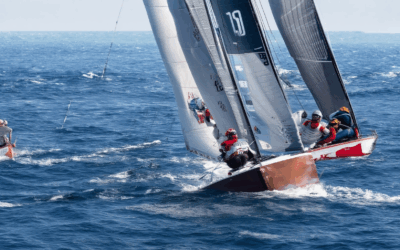
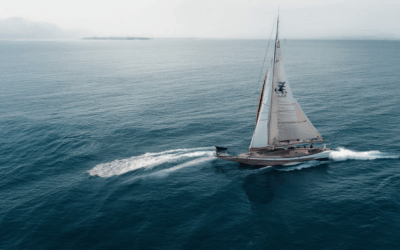
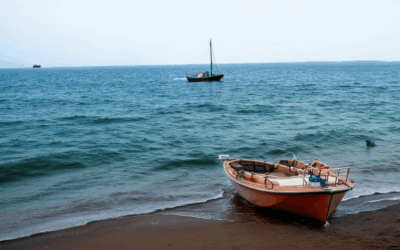
0 Comments